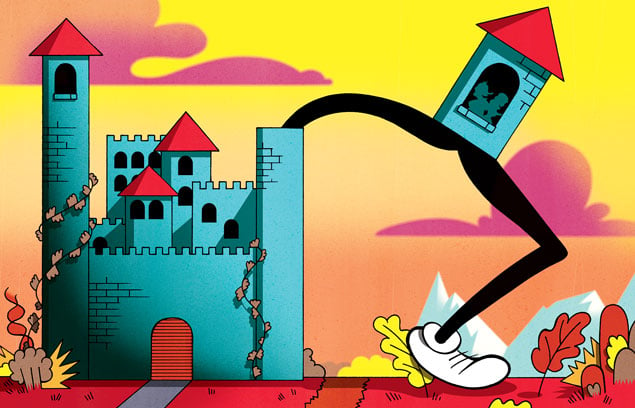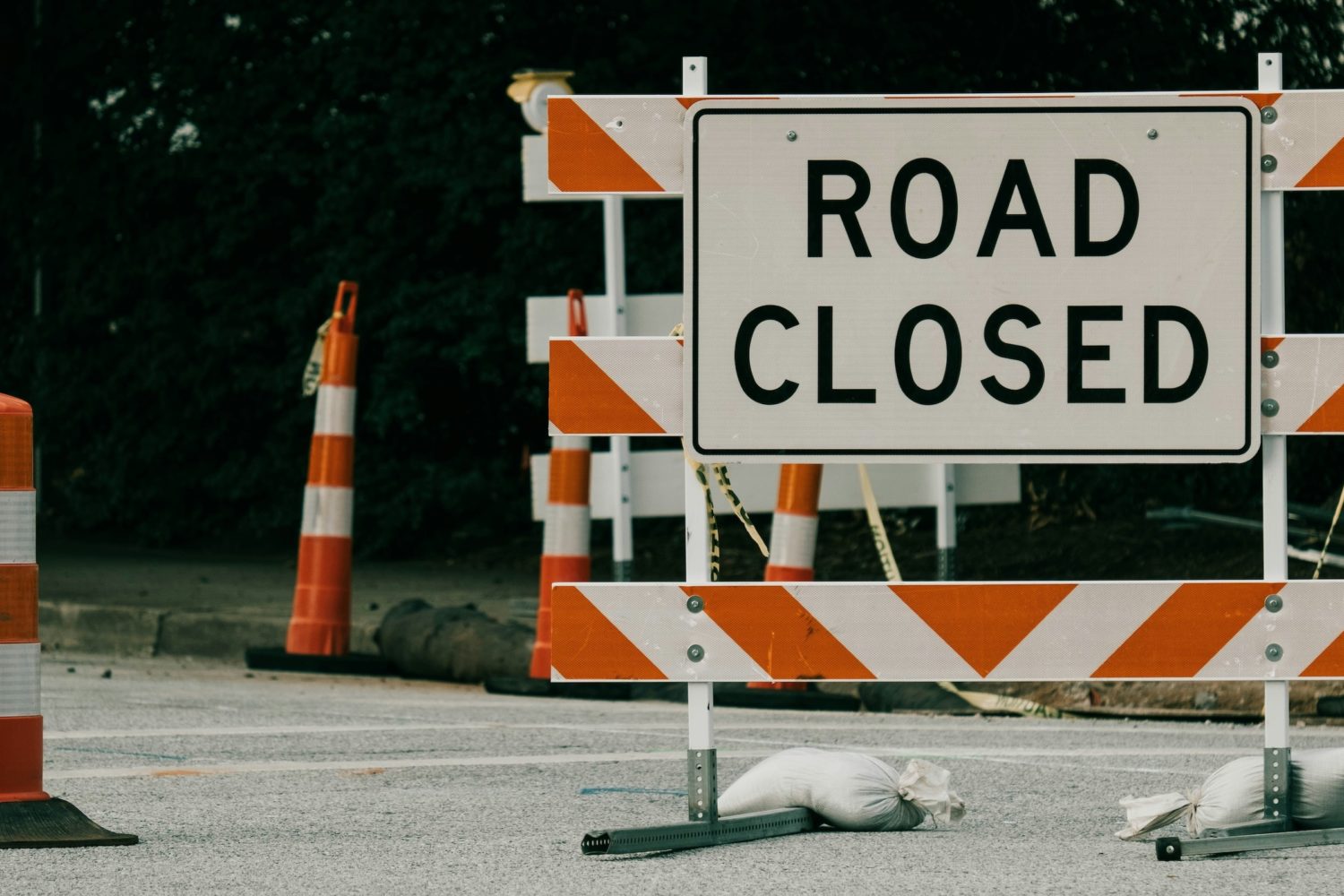After their three grown sons left home, Mary and Stephan Cassaday decided they were done with their 8,000-square-foot house in Great Falls. “My driveway was a quarter mile long and had to be plowed each time it snowed,” Mary says. She often had to organize her day around when a plumber, electrician, or other repairperson was stopping by. Now, in their new 3,500-square-foot home in Reston, Mary Cassaday says she can shovel the driveway herself in less than half an hour, as she did during one of the snowfalls this past winter.
The Cassadays, who are in their fifties, are part of the large wave of baby boomers opting to downsize to smaller homes as they plan for retirement. The homebuilding company Del Webb found that 28 percent of Americans in their mid- to late fifties say they want their next home to be smaller than their current one, and a March survey by Better Homes and Gardens Real Estate found that baby boomers listed a lower-maintenance home as the most important feature when choosing their next place to live. Meanwhile, the Pew Research Center reports that 10,000 boomers are turning 65 every day, and about a quarter of Washingtonians fall into that age demographic.
One challenge in our area is that smaller doesn’t necessarily mean cheaper. “After the renovation, it was about the same price,” says Stephan Cassaday, president and founder of Cassaday & Company, an investment wealth-management firm in McLean, of his and his wife’s new three-bedroom home.
“Here in Washington, in the fun places to live—downtown Bethesda, Arlington, and DC—a townhome or condo can cost just as much as your single-family home in Oakton,” says Barry Glassman, president of Glassman Wealth Services in McLean. His clients want to be able to walk to shops, restaurants, and movies from their new homes, and those kinds of perks usually come with a high price tag. Still, he says, downsizing “does mean there’s no more lawn care, no more fixing the roof, and less house to clean—so the effort is a ton less.”
Here are tips from local financial advisers on smart ways to downsize.
1. Watch for Hidden Costs
Income taxes in the District and Maryland tend to be higher than in Virginia, and Maryland has not only hefty property taxes but also an estate tax that starts at $1 million. Condo fees, utilities, and other maintenance costs also need to be factored into the new budget, says Ryan Fleming, principal of the DC financial-services firm Armstrong, Fleming & Moore. One of his clients, a couple with three grown daughters, noticed that many of their expenses went up at first after they downsized to a three-bedroom condo in Clarendon and started enjoying their new neighborhood and buying furnishings. “You tend to eat out more, and you reach a point in your life when you don’t want cheaper stuff,” Fleming says.
Renting first before making a purchase can give downsizers a chance to try out a neighborhood before committing. “You might settle on a neighborhood that just isn’t right for you,” Fleming says. “Maybe it’s too young, too old, your house of worship isn’t convenient, there’s an activist board in the condo building—there are so many details that you won’t know until you actually move in.”
2. Sell Your Stuff—Safely
After giving their sons the chance to take any furniture and linens they wanted, Mary and Stephan Cassaday relied on an estate-sale specialist (iovinc.com) to price and sell the rest. The remaining items went to charity and a showroom warehouse where the estate-sale specialist continues to make sales. The Cassadays get a $100-to-$200 check from those sales each month. Stephan Cassaday says that most big-ticket items sell for about 10 to 20 percent of their original price.
The Cassadays also listed some of their more valuable furniture on Craigslist, and they were contacted by several scam artists masquerading as buyers. After spotting red flags—sellers should never wire money or share other personal information with strangers—they avoided getting scammed and sold a desk for $1,500 on the site. Craigslist cautions that the vast majority of scams can be avoided by meeting and exchanging goods (and cash) in person.
3. Simplify Your Financial Portfolio
“We have clients who’ve been in multiple jobs, so have multiple retirement accounts, old 401(k) plans, multiple bank accounts, annuities, and even rental properties, and one thing we help them with is to consolidate their accounts to figure out their cash stream,” says Veena Kutler, principal and financial adviser at the Garnet Group in Bethesda. That process helps them prepare for and enjoy their new downsized life and figure out what they can afford, as well as be able to travel more easily. “Another reason to move into a condo or townhouse is to close the door behind them and go on trips,” Kutler says.
4. Watch for Capital-Gains Tax
As long as the home has been a primary residence for at least two of the past five years, the first $250,000 of profit (or $500,000 for married couples) is excluded from capital-gains tax. In the past, homeowners had to buy a new home for the same price as—or higher than—the old one to avoid the tax, but Kutler reminds clients that this is no longer the case.
“So it’s possible to sell a residence, receive a $500,000 gain plus the original purchase price, pay no federal taxes on the sale, and rent,” she says. “For some clients, this creates a nest egg and is a good strategy.” Kutler adds that sellers should work with a tax accountant to get guidance for their particular situation.
Fleming suggests keeping track of money spent on renovations and upgrades, which often can be added to the home’s original value to reduce the chance of paying capital gains when the profit may exceed the $250,000 or $500,000 exclusion: “It’s usually not a problem for couples, because there is a huge list of things you can use to add to the cost basis of your home, including HVAC upgrades, windows, or a security system.”
5. Consider Expert Advice
Stephan Cassaday helps connect his downsizing clients to professionals ranging from a local decluttering expert (conquertheclutter.org) to transition coaches (transforminc.com) who can help with the emotional aspect of moving out of a longtime home. The Cassadays say it was their three twentysomething sons who had the hardest time with the move, but now they embrace their parents’ new home.
“We can walk places, and it’s near the Metro. They’re ecstatic,” Mary Cassaday says. With far less upkeep and maintenance, so is she.
This article appears in the June 2014 issue of Washingtonian.


















